Puerto Rican Drinks: Basic Overview
Common Ingredients
Common Preparing Methods
Key Taste
Drinking Etiquette
Culinary Festivals
Influence and Fusion
Types of Puerto Rican Drinks
-
Alcoholic Beverages
Alcoholic beverages in Puerto Rico encompass a wide range of spirits, beers, and cocktails deeply ingrained in the island’s culture and social activities.
Options range from the locally distilled rum, celebrated globally for its quality and flavor, to traditional concoctions like Pitorro and Coquito.
-
Non-alcoholic Beverages
Non-alcoholic beverages in Puerto Rico include a variety of refreshing and flavorful options that reflect the island’s tropical climate and agricultural bounty.
Drinks are often sweetened and chilled.
Puerto Rican beverages are a vibrant part of the island’s culinary tradition, including influences from the indigenous Taíno people, Spanish colonizers, African slaves, and the territory’s status as part of the United States.
Traditional Puerto Rican drinks range from non-alcoholic options to iconic alcoholic spirits. Coffee also plays a significant role in Puerto Rican culture, with the island producing rich, aromatic coffee.
Other popular beverages include refreshing fruit-based concoctions, made from the island’s abundant tropical fruits.
Stick around to figure out the perfect combos of Puerto Rican drinks with dishes from the region.
18 Popular Puerto Rican Beverages with Filters
When looking into Puerto Rican beverages, let me lend you a hand with the filter system letting you view these dishes in alphabetical order, key ingredients, tastes, preparation method, and worldwide popularity.
Discover the wonderful traditional, national, street drinks, fusion, and exotic drink options available in Puerto Rico:
Pitorro
- Alcoholic
- Traditional
Pitorro is distilled sugarcane or molasses, often referred to as Puerto Rican moonshine. The spirit is made by infusing hazelnuts or fruits to gain flavor, offering a high level of alcohol content (100 proof or greater).
Pitorro has a sweet taste, often included in many cocktails.
In the past, it was not easy for you to lay your hand on a bottle of Pitorro because this spirit was only popular with the locals.
Bilí
- Alcoholic
- Traditional
Bilí is an alcohol originating from a small island of Puerto Rico called Vieques. The main highlight of this alcohol is the quenepa, which is often abundant in the summer.
Quenepa is a type of small lime, that provides a sweet, and delicious taste. To make Bilí, the locals use rum, cinnamon, and brown sugar to create the mixture’s base before fermenting it for around a month in a dark place.
Medalla Light Beer
- Alcoholic
- Street Beverages
Medalla is Puerto Rico’s premier light beer, often enjoyed on the island’s sun-drenched beaches.
Brewed in Mayagüez, this lager-style beer is the island’s sole mass-produced variety and has gained popularity in the US as a favored drink.
Characterized by a refreshing carbonation with a hint of sweetness, Medalla’s distinctive malty flavor is what locals love.
Don Q
- Alcoholic
- Traditional
Don Q is a premium Puerto Rican rum, beloved for its pure, complex, and robust flavor, making it a favorite among locals for crafting a variety of cocktails.
Recognized for its amber hue and clarity, the rum originates from Destilería Serrallés in Ponce, where it is meticulously aged for over three years.
Piña Colada
- Alcoholic
- National
Piña Colada is a staple cocktail mix in Puerto Rico. The slushy cocktail was first made in 1954 by a bartender with the name of Ramón “Mochíto” Marrero in San Jose.
Surprisingly, the original Piña Colada recipe only requires 3 ingredients, including pineapple juice, rum, and coconut cream.
Also, Piña Colada’s signature sign is in the pineapple wedge that is put on the rim of the glass for garnish. Plus, the cocktail will frequently have whipped cream and a cherry on top.
Chichaíto
- Alcoholic
- Traditional
Chichaíto is a rum-based shot in the south of Puerto Rico. For people who can’t handle licorice, the mix comes with honey and lemon to reduce the licorice intensity.
This traditional Puerto Rican mix will require you to mix equal parts of white rum with anise-flavored liqueur. Typically, the locals will prefer using Palo Viejo rum.
The concoction will then need to be shaken with ice to create a sweet and smooth shot.
Coquito
- Alcoholic
- Traditional
Coquito is an alcoholic mix from Puerto Rico, with the name meaning “little coconut”. Classic Coquito calls for 4 ingredients, revolving around coconut rum, Puerto Rican rum, coconut milk, and sweetened condensed milk.
In Puerto Rico, the locals often serve Coquito in small shot glasses after dinner, especially during Christmas. Sometimes you can see locals use Pitorro to replace the rum.
Coquito is described as having some similarities to eggnog. Besides the 4 main ingredients, locals will also add some nutmeg, vanilla, cinnamon, and clove while simmering the mixture on the stove until it becomes thickened.
Chi Chi
- Alcoholic
- Fusion
Chi Chi is a close-cousin cocktail of Piña Colada utilizing the original recipe of the Puerto Rican staple cocktail.
Instead of using rum, you can mix vodka and pineapple, coconut milk, and cream. People often serve the mixture in a hurricane or poco glass with a cherry on top as garnish.
Since vodka is neutral in taste, it doesn’t overwhelm other flavors from the pineapple juice or the coconut cream.
Spiced Cherry
- Alcoholic
- Traditional
Spiced cherry is a cocktail blend that centers around cherries’ flavors. It’s a simple mix combining spiced rum with cherry soda.
Furthermore, the base of this cocktail, spiced rum, can have various flavors. This is because spiced rum is infused with different ingredients like orange peels, brown sugar, spices, molasses, caramel, and vanilla.
Cuba Libre
- Alcoholic
- Traditional
Cuba Libre is a popular mix in Puerto Rico, with its name translated into “freeing Cuba”. The drink’s purpose is to memorialize the Cuba Liberation Army battle cry.
Traditionally, you can order Cuba Libre without lime juice, or even add gin to the mixture for recipes in the early time. When served, the cocktail will often have a slice of lime as a garnish on the glass’s rim.
Nowadays, Cuba Libre is all about creating a combination of rum, coca-cola, and lime.
Mojitos
- Alcoholic
- Traditional
Mojito is a beloved mix in Puerto Rico though it’s a national drink of Cuba, invented in Havana. Interestingly, sugarcane water was in place to sweeten the Mojito in the past instead of being a main base.
To prepare a traditional glass of Mojito, muddling some mint leaves is essential so the oil can infuse with the mixed sugar water. After that, lime juice, rum, and soda water are added to the mixture.
Mojito has a refreshing taste along with the sweetness of sugar water. It’s best to enjoy a Mojito with ice to enhance the refreshing feature of the cocktail.
Coco Frío
- Non-Alcoholic
- Street Beverages
Coconut water is a common beverage in Puerto Rico, offering a sweet and refreshing profile.
Puerto Rican vendors often drop in extra alcohol like vodka, rum, or whiskey to your coconut. After finishing your coconut water, you can ask vendors to cut open the coconut so that you can eat the sweet and juicy meat.
Often, locals will soak green coconuts in an ice container to keep the coconut water cool and refreshing.
Limber
- Non-Alcoholic
- Street Beverages
Limber is a refreshing drink in Puerto Rico on hot summer days. It is essentially frozen tropical fruit juice.
The most popular method to eat limber is to squeeze the cup, so the slushy content pops out, and then you can start enjoying the flavorful treat.
People often sell Limber as a frozen or slushy mixture.
Horchata De Ajonjolí
- Non-Alcoholic
- Traditional
Horchata de ajonjolí, in Puerto Rico and El Salvador, is a drink made using sesame seeds.
First, the sesame seeds will be roasted, then soaked in water and mixed with a bit of milk. Then other ingredients such as vanilla, clove, and cinnamon are good additions to improve the overall flavor.
Finally, you will need to strain the concoction to remove any impurities.
Frappé
- Non-Alcoholic
- Fusion
Frappé is a blended drink with fresh fruit from the tropical area of Puerto Rico. The origin of the drink is in Greek, which saw frappé as a blended coffee.
In Puerto Rico, the locals replace coffee with ice cream for a creamier texture when blended with local fruits. Some recipes even incorporate whipped cream on top to enhance the creaminess and richness of the drink.
Mavi
- Non-Alcoholic
- Traditional
Mavi, or Mauby, is a Puerto Rican unique creation made by boiling the Mavi tree bark to extract its flavors. The mixture will proceed through a fermentation process.
Sometimes, people add spices, fruit, or ginger to create different flavors.
Although Mavi is a non-alcoholic drink, this beverage will taste similar to beer thanks to the fermentation process.
For your information, Mavi is initially sweet and will leave a bit of a bitter aftertaste. The locals on the island often purchase Mavi as pre-made syrup and then dilute it using water, according to customers’ requests.
Malta
- Non-Alcoholic
- Traditional
Malta is a Puerto Rican drink made similar to how beer is created. The beverage is made from water, barley, and hops, with the addition of caramel or corn color in some areas to give Malta a yellowish color like beer.
However, the drink is only considered a carbonated drink and contains no alcohol. In America, Malta is mixed with condensed milk or evaporated milk to create a much creamier concoction.
Café Con Queso
- Non-Alcoholic
- Exotic
Café con queso is a cheese coffee in Puerto Rico. Locals will often grind domestic beans to a coarse powder to brew coffee.
Cafe con queso is a mix of strong espresso with chocolate, sugar, milk, and asiago or pecorino romano cheese. The milk, cheese, and hot chocolate combination gives the coffee a unique creamy, and nutty flavor.
What Puerto Rican Drinks to Have with Dishes?
In case you’re looking to savor the fullest experience of Puerto Rican cuisine, make sure to enjoy these drinks with the right delicacies in Puerto Rico to savor the best flavor:
Do you have any more drinks that you want to share with me? Let me know what you think about these Puerto Rican drinks in the comment below, and remember to share these beverages with others.



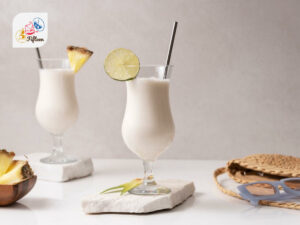
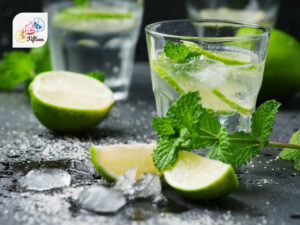
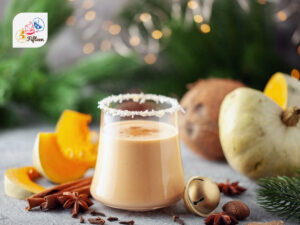
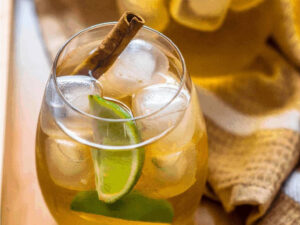
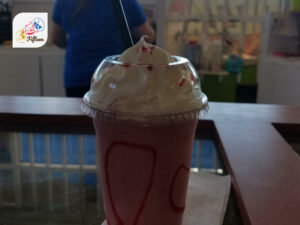
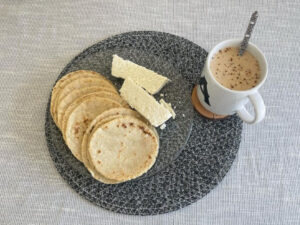
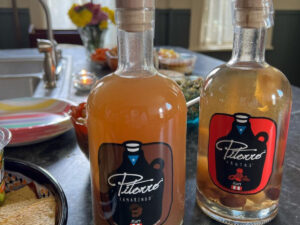
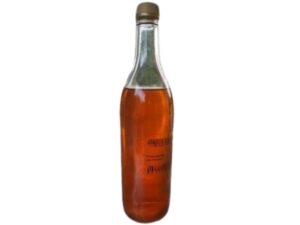
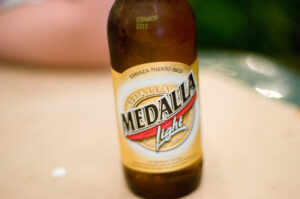
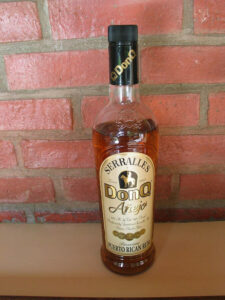
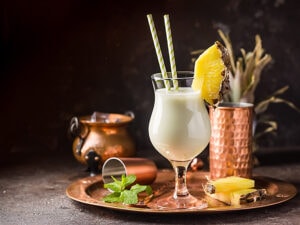
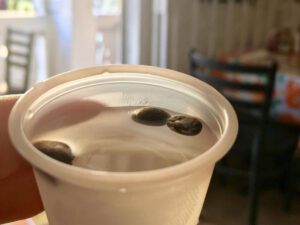
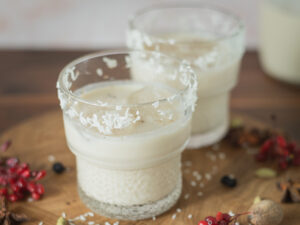
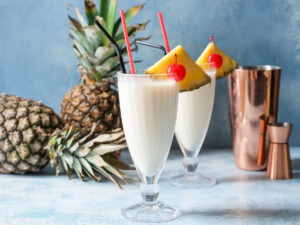
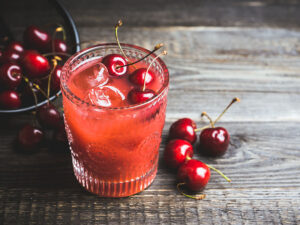
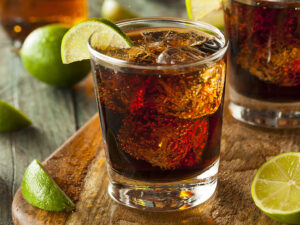
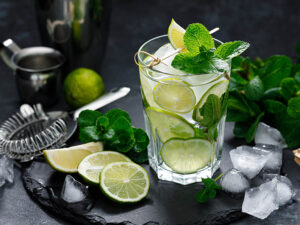
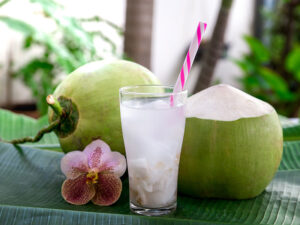
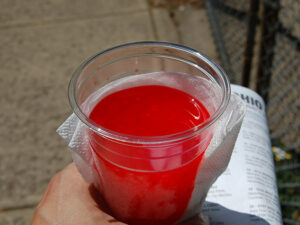
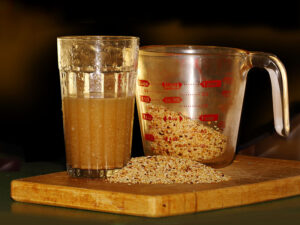
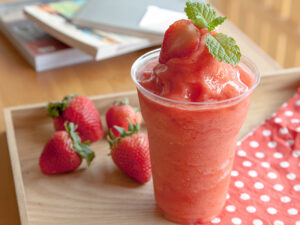
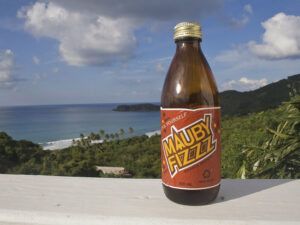
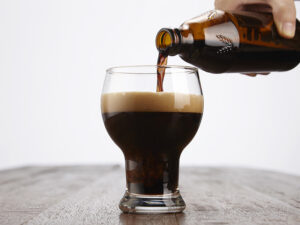

Jamie Scott
Editor in Chief, Senior Content Writer
Expertise
Home Cooking, Meal Planning, Recipe Development, Baking and Pastry, Food Editor, Cooking-video Maker, Western Food Evaluation Expert
Education
Le Cordon Bleu College of Culinary Arts
Local Community College, New York, NY
Jamie Scott is a skilled culinary expert and content creator specializing in Western cuisine. With over 15 years in the culinary field and formal training from Le Cordon Bleu, Paris, Jamie deeply understands how to blend nutrition with delicious flavors. His passion for cooking matches his commitment to making healthy eating accessible and enjoyable.
On Fifteen.net, Jamie brings a fresh perspective to classic dishes and beverages, offering readers insightful recipes, cooking tips, and a fresh view on meal planning that emphasizes taste, health, and simplicity.